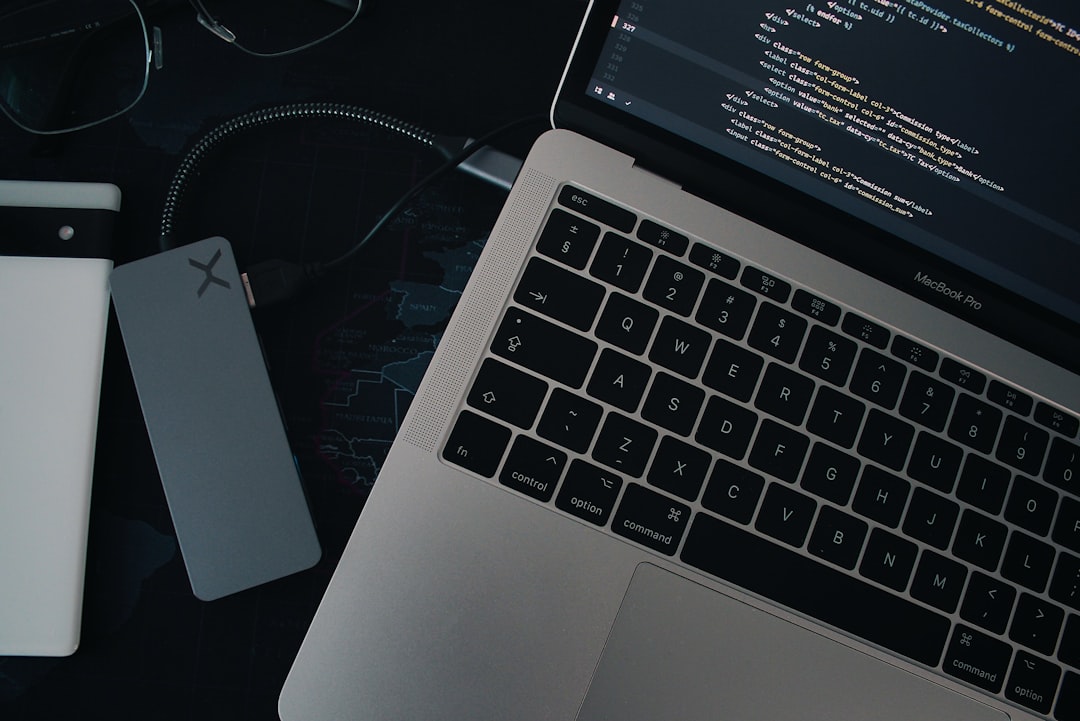
Hong Kong's Virtual Asset Compliance Costs: Regulatory Dividends and Invisible Thresholds in a Rule of Life
As the size of the global virtual asset market exceeds US$3 trillion, Hong Kong is reshaping its regulatory framework with an "A-S-P-I-Re" roadmap. How will this "regulatory quintet" affect the compliance costs of enterprises? This article provides an in-depth analysis of the business logic and practical strategies behind the policy.
Weights on the Regulatory Scale: The Dynamic Game of Protection and Costs
The latest data from the Hong Kong Securities and Futures Commission (SFC) shows that compliance expenses for licensed virtual asset trading platforms account for an average of 35%-45% of operating costs, a figure that hides a surprising amount of business code. When the "cold storage ratio" is shifted from a rigid requirement to a result-oriented one, enterprises can save at least HK$2 million a year in hardware maintenance costs; whereas the new over-the-counter (OTC) trading licensing regime may add up to an additional 30% in compliance manpower costs for small and medium-sized organizations.
The double-edged sword effect of the principle of technological neutrality
The "Dynamic Regulatory Approach" allows enterprises to choose their own hosting technology, which on the surface lowers the compliance threshold, but in fact tests their technical evaluation capability. The CTO of a licensed platform revealed, "Choosing a self-developed hosting solution requires an investment of HK$8 million in third-party audit fees, which is nearly three times higher than directly purchasing a mature solution." This hidden cost is becoming the life and death line for new enterprises.
Product Innovation Circuit: The Art of Risk Pricing
The cost of compliance for derivatives trading has been stepped up following the liberalization of dedicated products for professional investors by the Hong Kong Securities and Futures Commission (SFC):
- Infrastructure Compliance Framework: approximately HK$5 million (including legal consultancy, risk model development)
- Real-time monitoring system: average annual operation and maintenance cost of HK$3 million
- Stress Test Scene: Single Test Costs HK$800,000
Internal calculations by an international investment bank show that in order to achieve profitability in the derivatives business, the average daily trading volume needs to be stabilized at more than US$120 million - which is exactly three times the current liquidity gap in the Hong Kong market.
Mobility Wars: The Unseen Cost Black Hole
Exponential growth in cross-border liquidity management costs under the "Global Order Book Consolidation" policy:
- Multinational Compliance Matching: HK$12 Million per annum
- Time Zone Coverage Operation: Increase 40% Labor Costs
- Exchange Rate Hedging Mechanism: Eating Up Theoretical Gains of 0.8%
The head of Asia Pacific of a European trading platform admitted, "Deploying a global liquidity hub in Hong Kong, with an investment of more than HK$200 million in the first year, requires a very strong capital tolerance".
The Secret War for Talents: $5,000 per hour compliance hourly rate
The hourly rate for virtual asset compliance professionals in Hong Kong has soared to HK$5,000, a record for the financial sector. This structural rise in labor costs has given rise to three modes of corporate response:
- Internal Cultivation: HK$20 million invested over 3 years to establish a training system
- Global Headhunters: The cost of bringing in a single high-level talent reaches HK$5 million.
- Technological Alternatives: Over HK$30 million invested in R&D of AI surveillance system
The CHO of a local platform revealed, "We have established a 'reserve pool' of compliant talents, and even if there is no demand for positions for the time being, we still invest HK$3 million annually to maintain the operation of the talent pool.
Compliance Cost Transformation Technique: The Transformation Path from Liability to Asset
Savvy market participants are turning compliance costs into competitive barriers:
- Certified Capitalization: Packaging data sinks from the license application process into API services to create new revenue.
- Regulating Technology Output: Modularization of in-house developed compliance system for external sales
- Compliance Ecological Investment: Participation in upstream and downstream companies in blockchain auditing, hosting technology, etc.
By exporting an anti-money laundering solution, an exchange realized a revenue contribution of 30% from its compliance department, and this disruptive business model is triggering a wave of emulation in the industry.
Equation of the Future: The Slope of the Cost Curve Debate
As the "A-S-P-I-Re" roadmap progresses, the compliance cost structure will undergo a qualitative change:
- Automated Compliance Review of Smart Contracts Reduces 40% Legal Expenses
- Cross-organization data sharing mechanism is expected to save 25% due diligence costs
- Regulatory Sandbox Testing Can Shorten New Product Compliance Cycle 60%
One of the industry's top actuaries predicted, "After 2026, the compliance cost share will enter a downward path, but the upfront investment threshold will eliminate existing participants in 50%." This cost game, which began as a regulatory adaptation war, will eventually evolve into the ultimate battleground for industry reshuffling. Only those players who understand the nature of rule-making will be able to turn the burden of compliance into a razor-sharp edge in the financial sands of Hong Kong's Orient.
Disclaimer: The contents of this article are for informational purposes only and should not be construed as any form of promotion, investment advice, or invitation, solicitation or recommendation of any investment product.
The contents of this article have been reprinted.offensiveIf there is anything wrong, please contact us and we will remove it immediately, thank you.
Readers should make their own assessment and seek professional advice.





